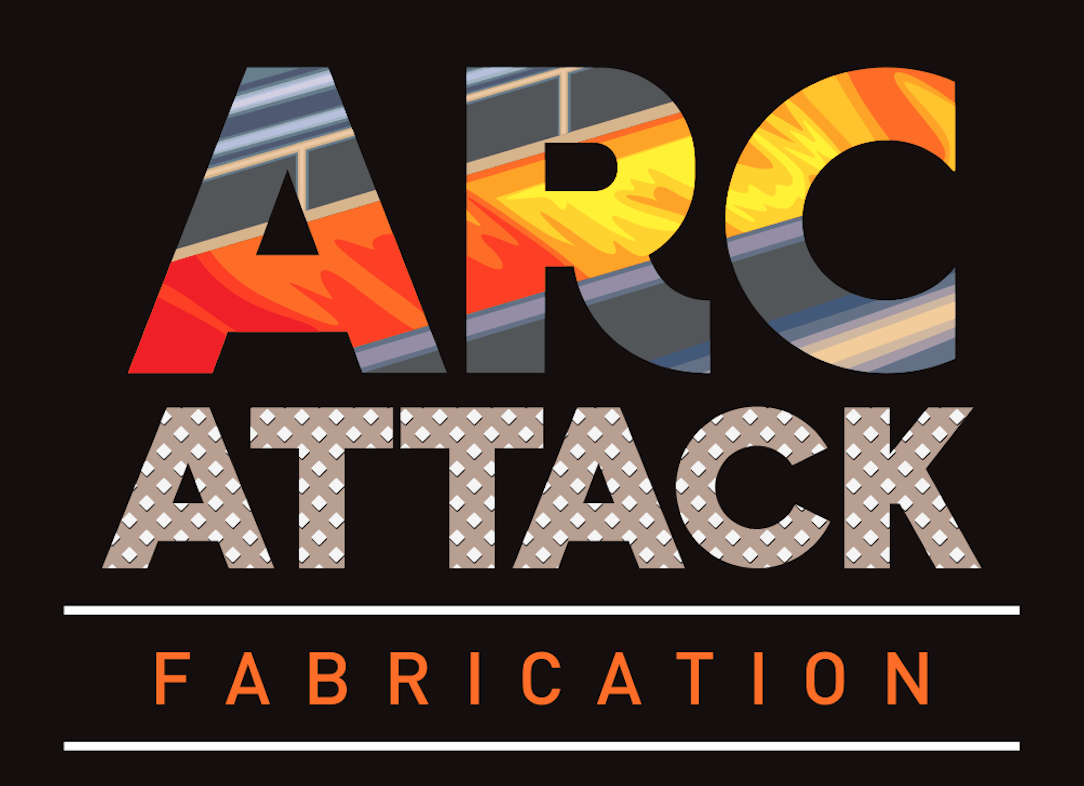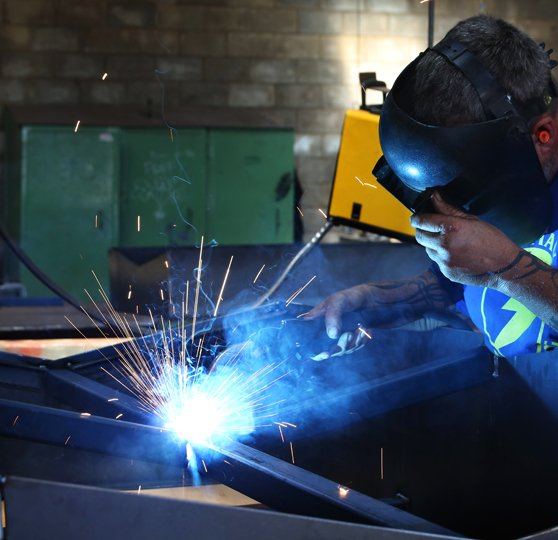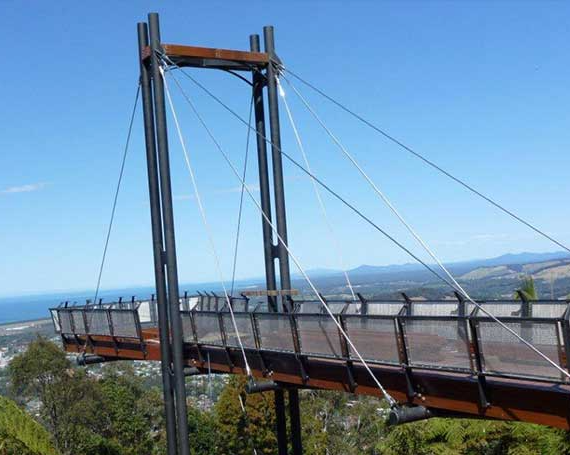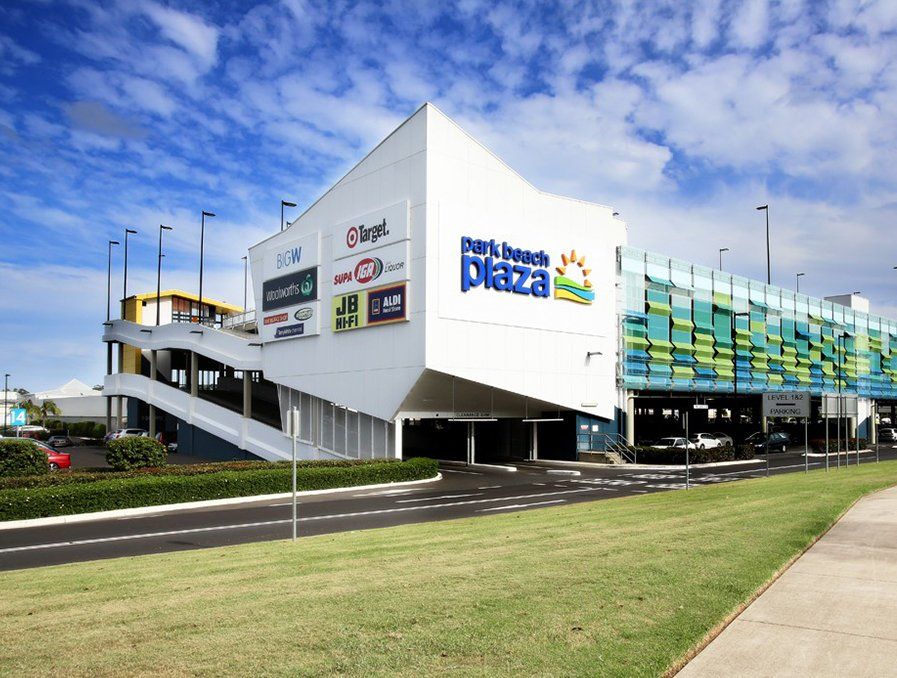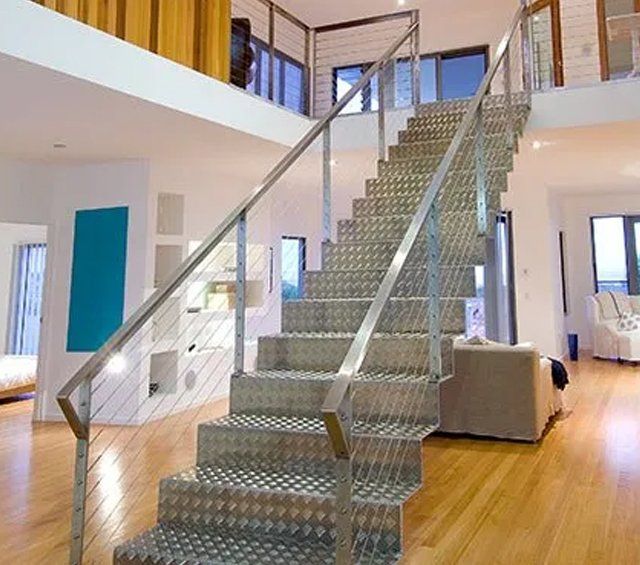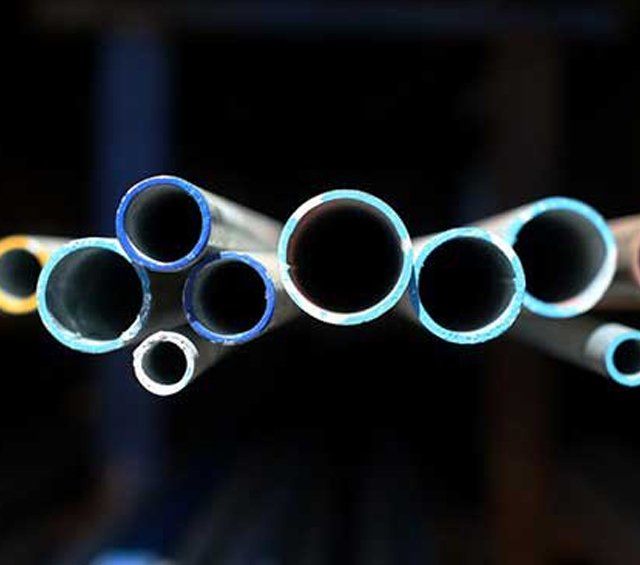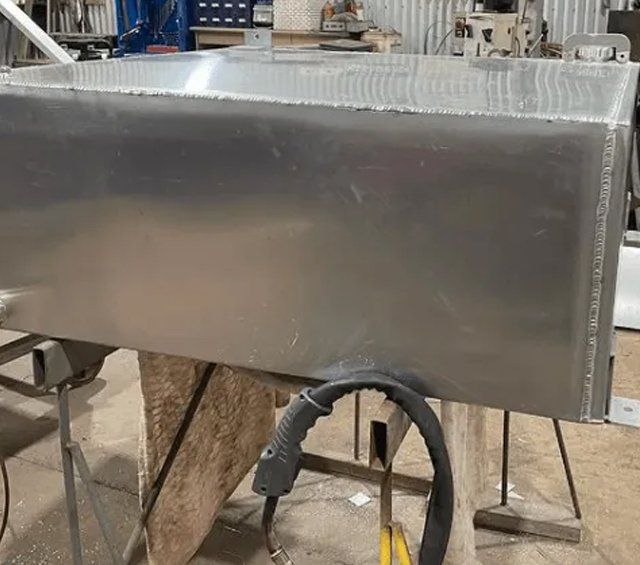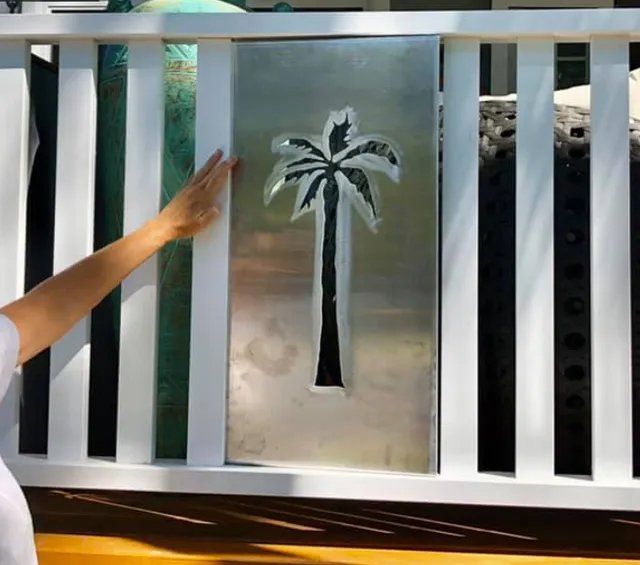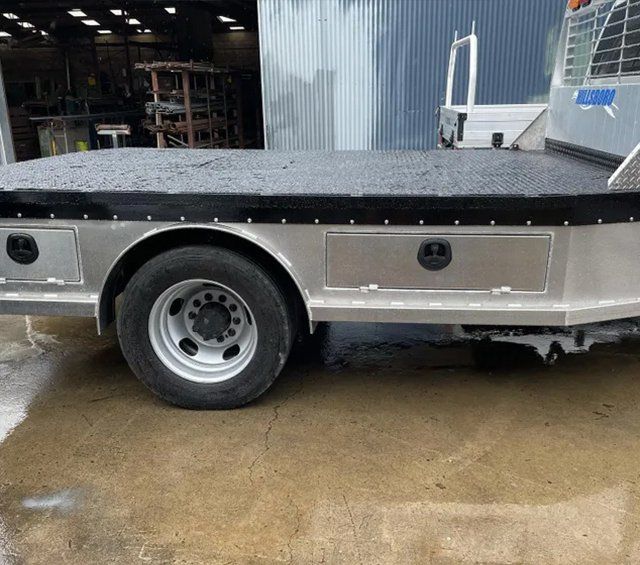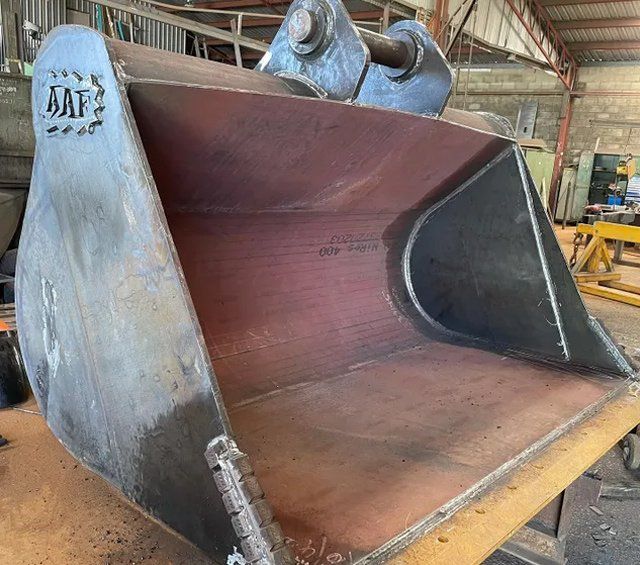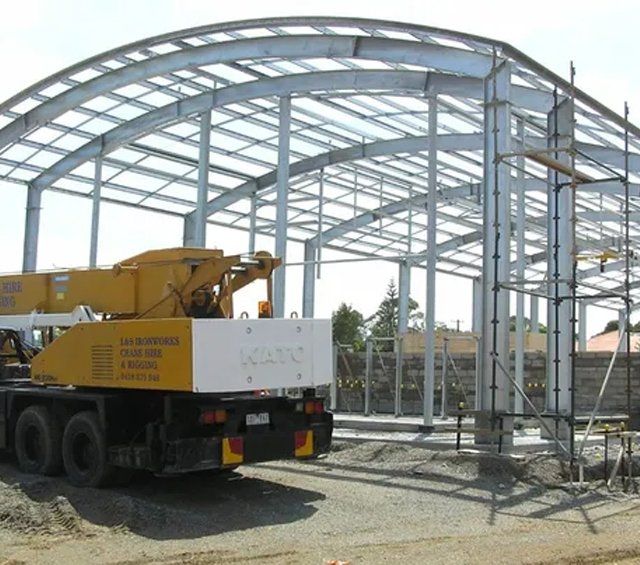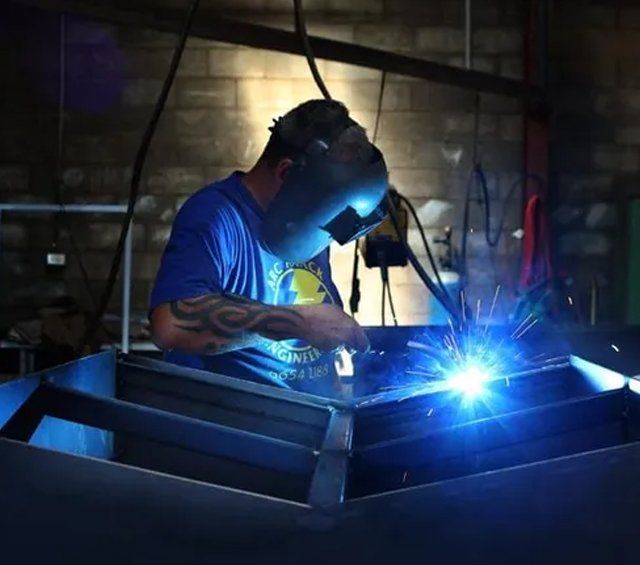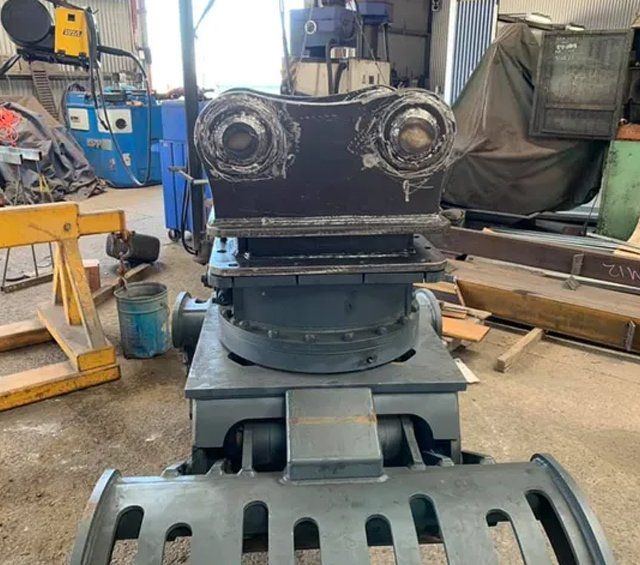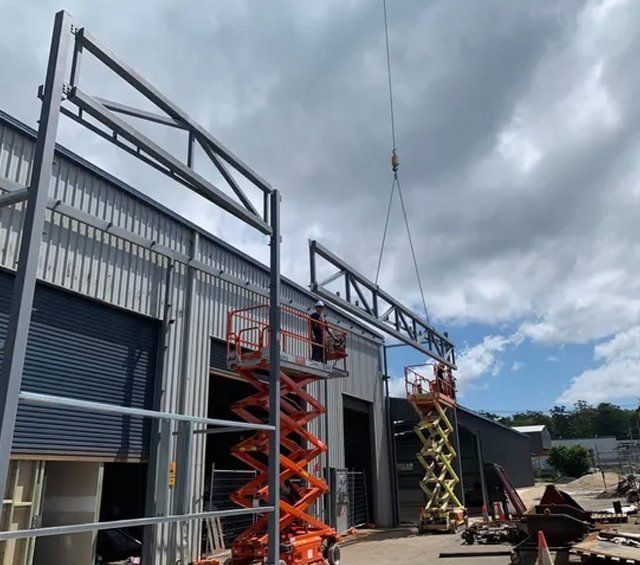COMMERCIAL | INDUSTRIAL | RESIDENTIAL
Metal Fabrication
Coffs Harbour
Award Winning Firm Servicing the Mid North Coast
Residential, Commercial & Industrial Steel Fabrication Projects
Based in Woolgoolga, Arc Attack Fabrication has proudly served clients throughout Coffs Harbour and beyond with superior steel fabrication and welding services. Our experienced engineers are able to work with all types of metals, including:
Over the years we’ve worked on many local projects; most notably, we manufactured and installed the iconic Coffs Harbour Sky Walk.
We can take on jobs big and small using our Australian, quality-certified structural steel. From drawing up plans to designing 3D models and final installations – we do it all.
Working from our fully equipped Woolgoolga workshop, our tradesmen can fabricate just about anything using stainless steel. Let us know how we can help you!
We provide a large range of Australian-made and quality-certified steel parts such as high tensile bolts, nuts and washers. Sourced from reputable suppliers, we can also place custom orders if we don’t have what you need.
Producing customised solutions that are both functional and stunning is what we do best. If you require aluminium fabrication in Coffs Harbour, get in touch today.
Whether it’s MIG, TIG or stick welding, we do it all. You can always count on our expert welders to provide quality and cost-effective solutions with a fast turnaround.
We have a wide range of ute trays and canopies that can be adapted or customised to suit your vehicle. Talk to us about your requirements today:
Fit your property with stunning stairs and balustrades made from stainless steel. Suitable for interior and exterior areas, we’ll make sure the design is tailored to suit your time frame, budget and style.
Earthmoving Machinery in need of repairs? Bring it to our workshop or we can provide repairs onsite for convenience. We undertake all repairs efficiently to minimise downtime!
Talk to our team about our custom made earthmoving buckets that are suitable for 1-100 tonne excavators. Made to suit your unique requirements!
Servicing Coffs Harbour and the Mid North Coast
We Design and Build Expertly Crafted Structures
Rest assured that when you choose the team at Arc Attack Fabrication, we will never take any short cuts; we utilise only high quality materials and the latest machinery. You can also visit us for earthmoving machinery repairs, as well as custom made stairs, balustrades, ute trays, canopies and earthmoving buckets.
To talk to our team about your metal fabrication project, give us a call on 02 6654 2188.
Why Choose Steel
Here are just a few of the many reasons why steel fabrication in Coffs Harbour is so important for building projects.
Steel Is 100% Recyclable
Steel is considered to be a ‘green’ product believe it or not, because of the fact that it is 100% recyclable. In fact, you will find that many builders opt to buy recycled steel for completely new commercial and residential products. It doesn’t lose any of its strength or integrity through recycling.
More Strength and Stability
Steel simple provides more strength and stability compared to materials like wood and brick. It doesn’t warp, twist, bend or buckle and is actually surprisingly flexible and simple to install given its huge strength.
Highly Resistant To The Elements and Natural Disasters
Steel is also able to resist things like mould and mildew, which is a fate that many wood-constructed buildings suffer over time, leading to the need for more construction and more financial outlay.
Additionally, when it comes to natural disasters and heavy weather conditions, there isn’t a material better than steel for standing up to the effects of things like tornadoes, earthquakes and hurricanes.
Steel is also much more resistant to things like fire and termites that can wreak so much havoc on wood. This overall better and more impressive durability makes steel an attractive choice for building work because it means that you are much more likely to get a better and more attractive insurance deal.
So, when you find yourself in need of steel fabrication in Coffs Harbour or the surrounding areas, please don’t hesitate to call us on 02 6654 2188 or contact us online. One of our expert staff members will be happy to assist!
Why Choose Arc Attack
Quality craft, Exceptional Results
Trust in your local team at Arc Attack Fabrication in Coffs Harbour to create beautiful metal structures that are built to last. As well as being steel suppliers, we offer metal fabrication services and structural steelwork across residential, commercial, and industrial locations.
Ideal for mining and marine works alike, steel is a more robust building material than alternatives like wood or iron. We seek to make durable structures and items, which are designed to withstand the most extreme environments, to give you peace of mind.
Our Community Spirit
Beyond our steelwork, we’re proud members of the local community here in New South Wales. We have been giving back to local sport and community groups for over 20 years, including the sponsorship of the Woolgoolga Netball club and the Woolgoolga Carols by Candlelight, to name a few.
We’re more than a steel supplier; we’re a friendly face, contributor to the local economy, and believers in our community.
Metal Fabrication FAQs
What is steel fabrication?
Steel fabrication refers to the process of creating the desired form out of the metal from its raw state. Whether it’s cutting, assembling, bending, melting, or shaping, the fabrication process can create stable structures with a unique design flair.
Here at Arc Attack Fabrication, we expertly craft our steel to increase the material’s value and deliver exceptional quality. We believe that in creating steel fabrication that matches our excellent standards and quality assurance, our customers get the best value for money in New South Wales. If you'd like to learn more, check out our
steel and metal fabrication guide!
What are the advantages to using steel?
For our team of crafters, steel holds many advantages as it’s easy to work with and offers predictable results. However, we know that these benefits transcend our workshop and into the work of our customers.
Steel is light-weight and durable, making it an excellent building material. It’s naturally resistant to corrosion and, as a recyclable material, it’s a more environmentally friendly option in comparison to other options on the market. Its versatility can help keep your costs down and make it simpler to install features like air vents into your building.
If you’d like to discover the advantages of steel for yourself, contact our team at Arc Attack Fabrication.
Do you offer machinery repair?
Beyond our work as steel suppliers and fabricators, our fully equipped team are on hand to conduct machinery repairs. Our specialist skills in metalwork mean that you’re in good hands when it comes to repairing existing steel items.
For example, we often come across machinery like conveyor belts and earthmoving equipment, as well as steel-based trailers and sheds.
SITE LINKS
EARTHMOVING
WHAT WE DO
TRADING HOURS
- Monday
- -
- Tuesday
- -
- Wednesday
- -
- Thursday
- -
- Friday
- -
- Saturday
- Closed
- Sunday
- Closed
FOLLOW US ON
CONTACT US
Call Us
